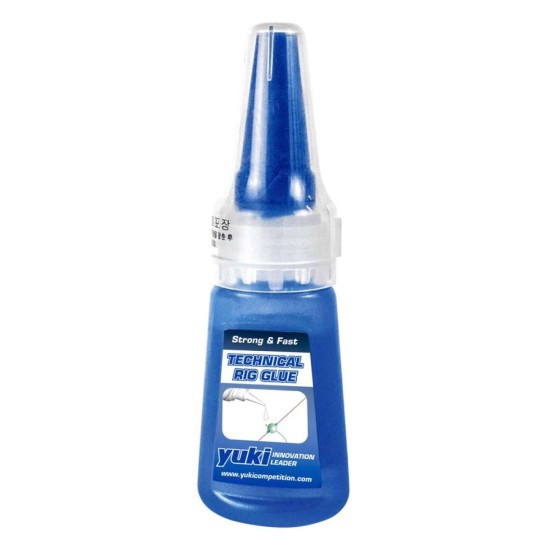
Yuki Rigs Tech Glue for Assembly 20g
Shipping 24 H
- New
Building a rig for surfcasting requires a certain amount of knowledge and a solid grounding in the environment in which you will be fishing. You can choose between making your own leaders or simply buying pre-made models.
If you want to be as precise as possible when it comes to surfcasting rigging, there are a number of blogs written by passionate anglers who will be happy to share their tips with you. In all cases, you'll need very specific equipment to present the bait in the ideal way.
During your fishing outings, you'll need to combine a number of elements to make effective casts. The weight should allow you to cast a long way with your rod while also being resistant to the current. The size of your hooks should be matched as closely as possible to the bait you choose.
For the best presentation and to fool the fish, you should use a swivel to give the whole thing more freedom. Coloured pearls can also play an important role in protecting your line and knot.
Finally, you need to choose the right diameter of braid or nylon for your reel. This will guarantee a number of advantages, including casting distance and low resistance to current once in place, essential aspects when choosing your surfcasting tackle.
You'll then be ready for your first Surf Casting outings, or shore fishing in search of your first bass.
The arrival of braid as a line body has enabled us to develop different ways of surfcasting. Choosing nylon or braid will not have the same impact on your fishing.
Braid has the advantage of being more resistant to thickness. This will allow you to reduce the diameter to reach greater casting distances more easily. It will also give you the opportunity to reduce your weight. Braid is also more sensitive to touch.
Nylon has other advantages. It is generally more elastic. This gives you more freedom when fighting powerful fish.
Its smooth texture also means it is less likely to resist water. It will therefore withstand the current much better without pulling on your sinker.
Depending on what kind of fishing area you're after, it's a good idea to have both: a spool of line and a spool of surfcasting braid.
The weight used during your sessions will have two main interests. It will determine your casting distance and your hold in the current.
Logically, the heavier your sinker, the further you'll be able to cast it with a suitable rod. Long-distance anglers will sometimes use several hundred grams to reach distances of over 100m.
You'll also need to take into account the current phenomenon, which is often very important in this type of fishing. If your rig rolls with the water, it will be much less gripping than if it remains stationary. This will make it easier for the fish to become suspicious and turn back quickly.
You should therefore try to find the right balance between these two aspects to make the wisest choice.
Here too, the choice of hook is of vital importance. Thehook for overcasting should be chosen according to the species you are looking for and the bait you choose.
The size of the hook is the first indication. If you are looking for sea bream or bass, you will vary the rigs. The mouths of these fish are very different, so it makes sense not to fish in the same way.
The shape of the hook should also be adapted to your baits. Very often simple, you won't rig a worm with a model for octopus. You'll need to have a well-stocked tackle box to be prepared for all eventualities, or else own a ready-to-fish rig.
Last but not least, the quality of the model must be of the highest standard. Saltwater fishing is very hard on metals. Special treatments will have to be carried out to ensure its resistance and long-term effectiveness.
They can be many and varied. Once again, you'll need to adapt your surfcasting leader to what you're looking for and the type of spot you're fishing.
The species of fish you target will vary the structure of your presentation. You'll need to space the hooks differently and move them further or further away from the sinker.
The weight will also be important. It will have to be taken into account in the design of the nylon strand that binds it to the rest. It needs to be long enough not to interfere with fishing, yet strong enough not to break during casting.
Coloured beads can also be used to protect sensitive points. The knot is one of the main ones, and there are a lot of them in surfcasting.
The last important point in the creation of your rigs is swivels and staples for surfcasting. This is a new metal part, like the reel, which needs to be of very high quality so as not to hinder or even handicap your outing.
The clip will be the one that takes into account the sinker. It's vital that it's strong yet discreet. Without it, you won't be able to cast far or hold your line in the current .... A failed fishing session.
A swivel has another use. They allow multiple shunts on the leaders. This will make it easier to put all the elements in their place and avoid tangles when casting or once submerged.
See our full surfcasting selection:
63 products

Shipping 24 H
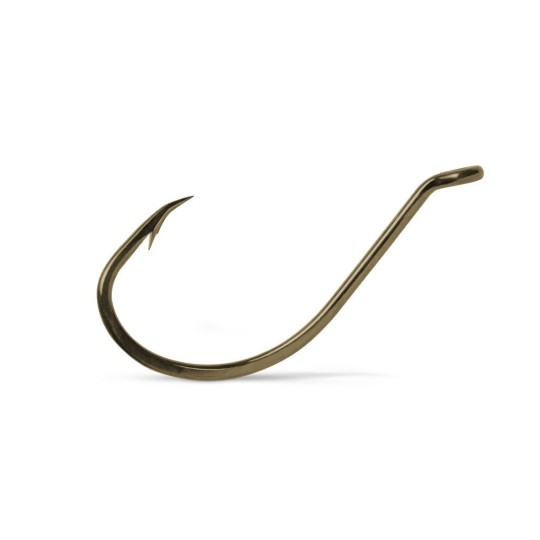
Shipping 24 H
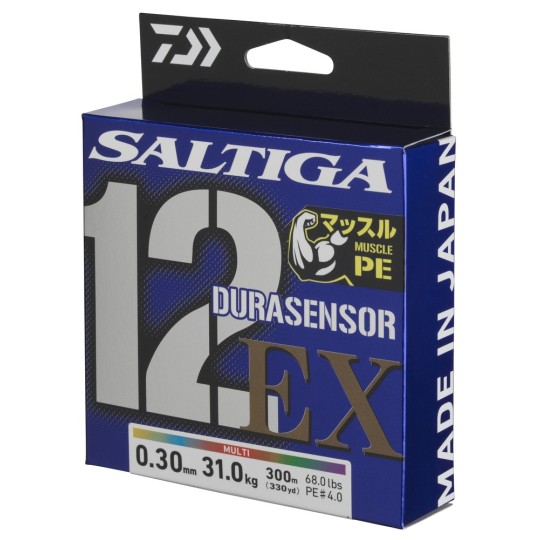
Shipping 24 H
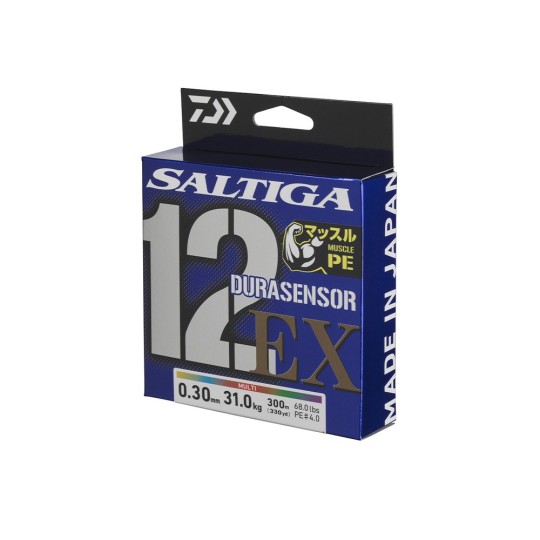
Shipping 24 H
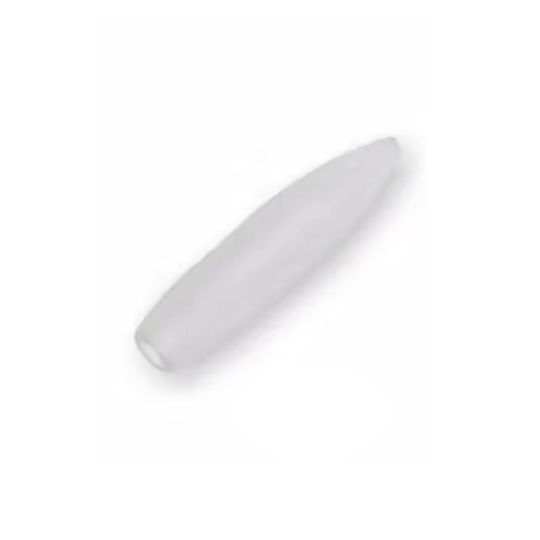
Shipping 24 H
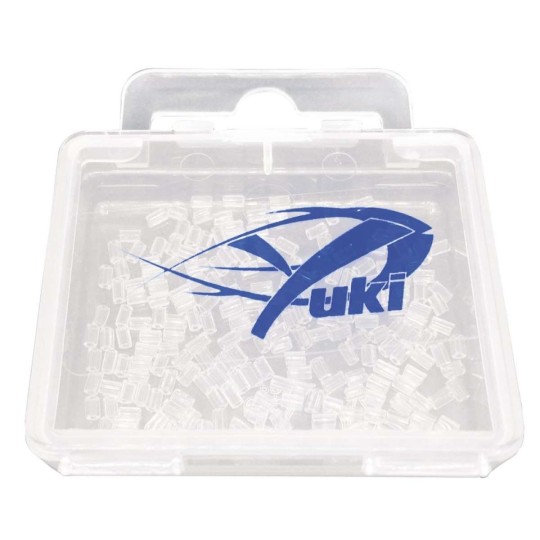
Shipping 24 H
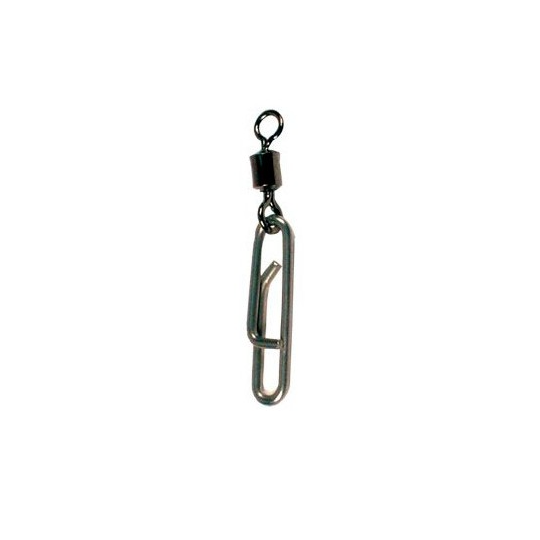
Shipping 24 H
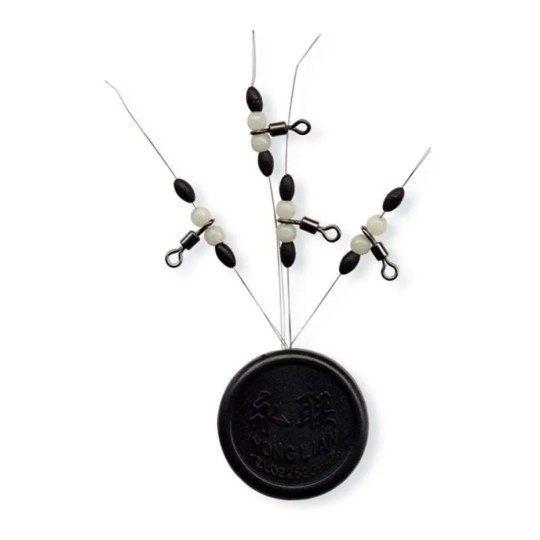
Shipping 24 H
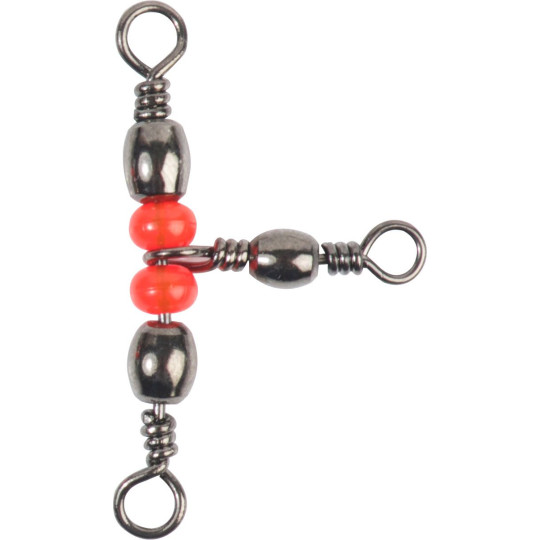
Shipping 24 H
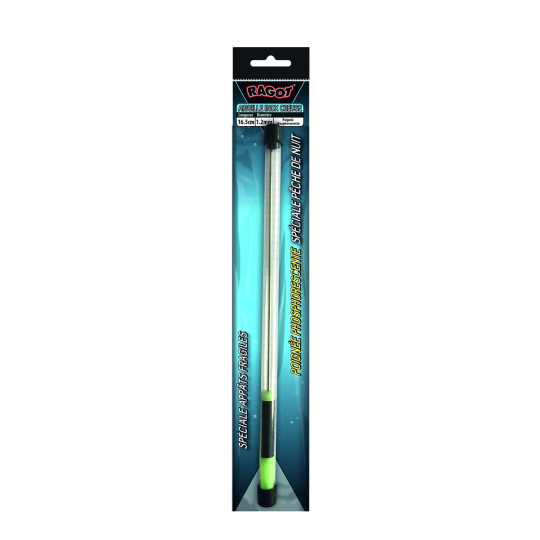
Shipping 24 H
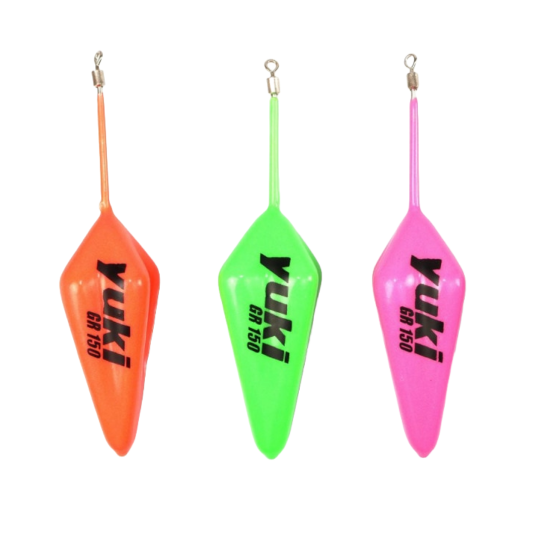
Shipping 24 H
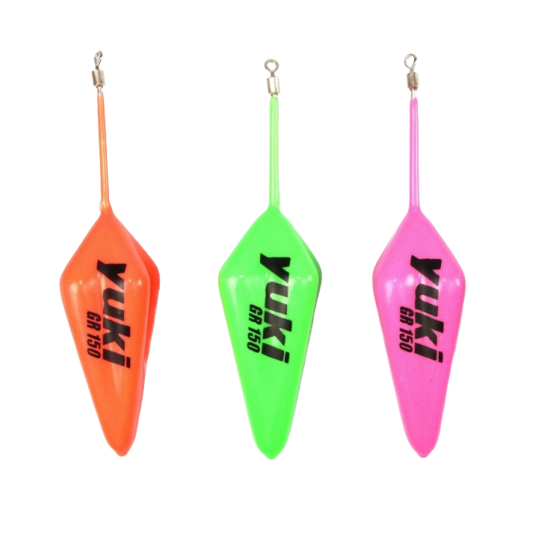
Shipping 24 H
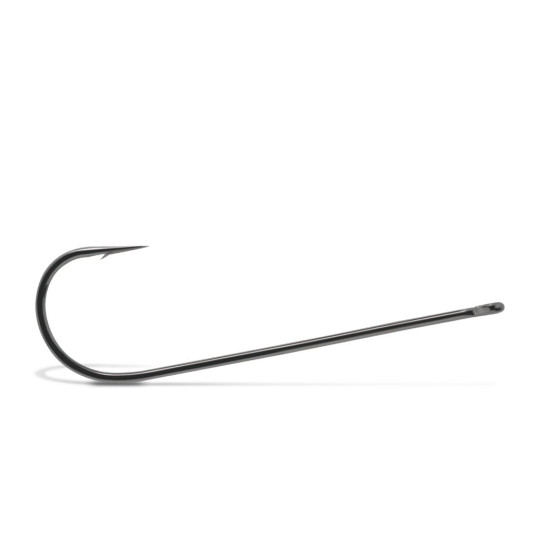
Shipping 24 H
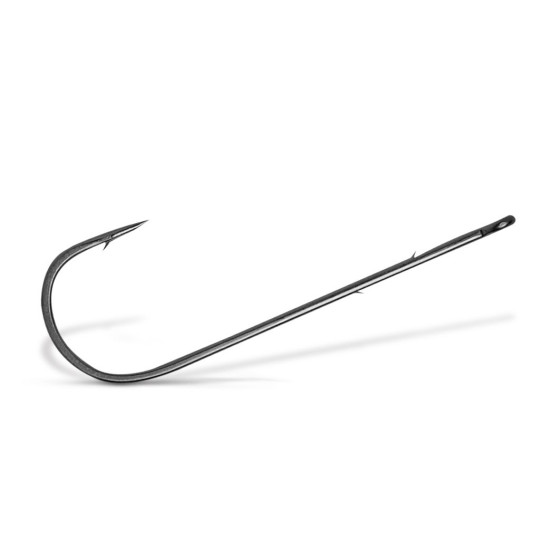
Shipping 24 H
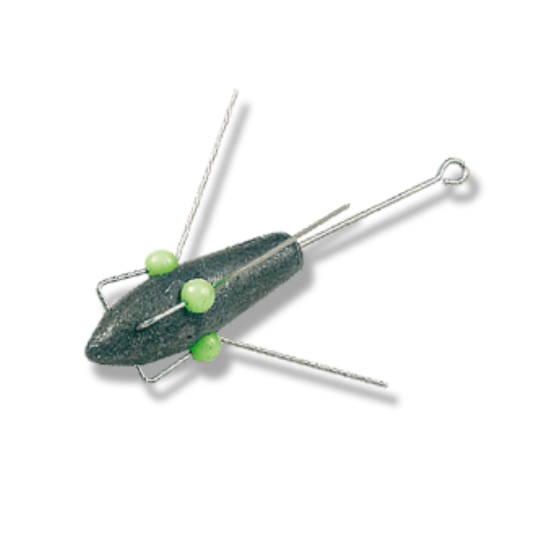
Shipping 24 H
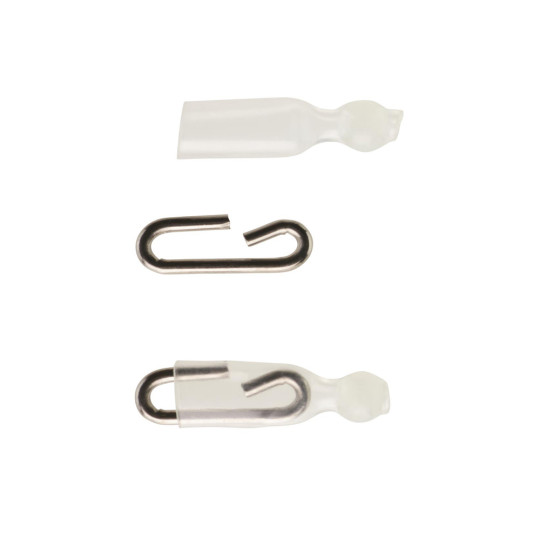
Shipping 24 H
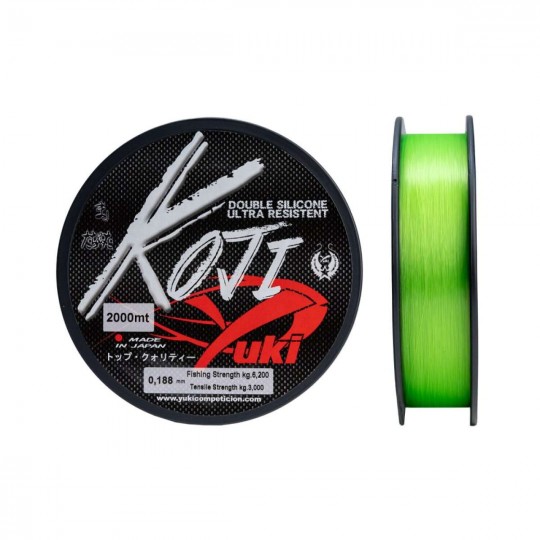
Shipping 24 H
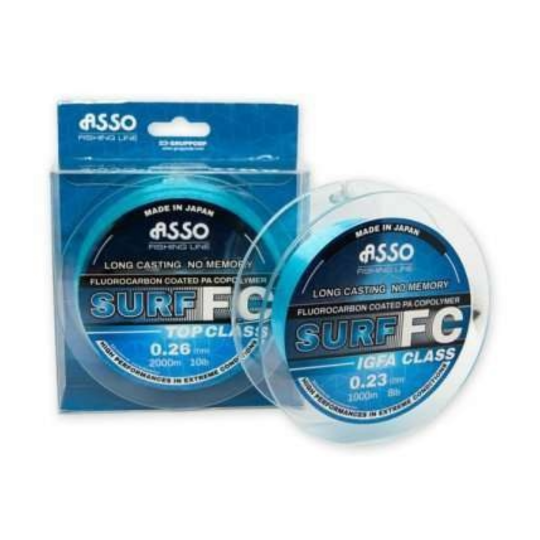
Shipping 24 H

Shipping 24 H
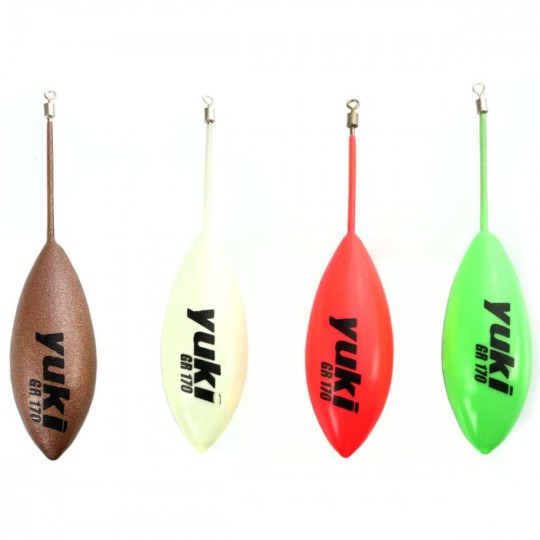
Shipping 24 H
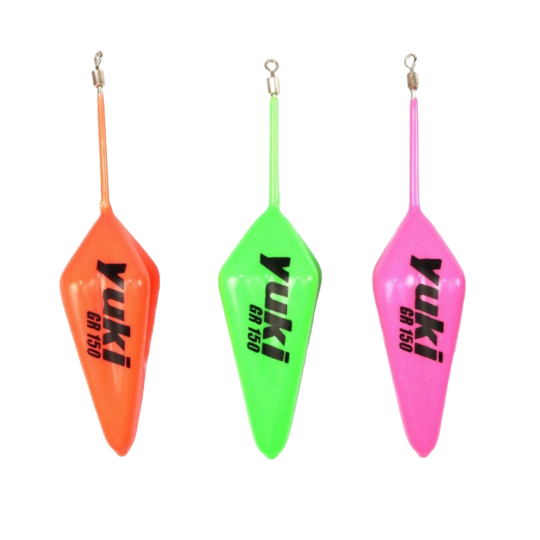
Shipping 24 H
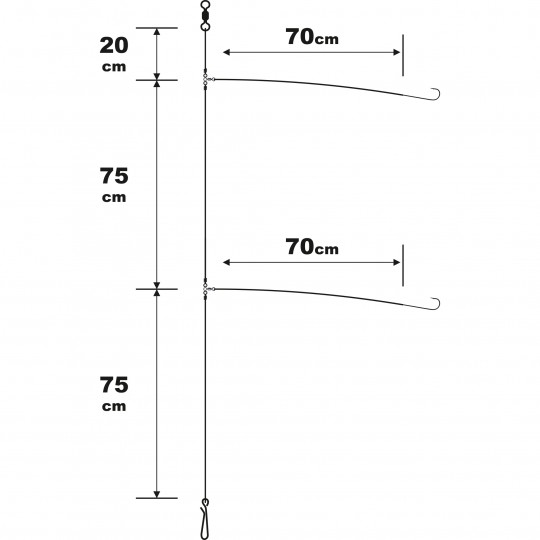
Shipping 24 H
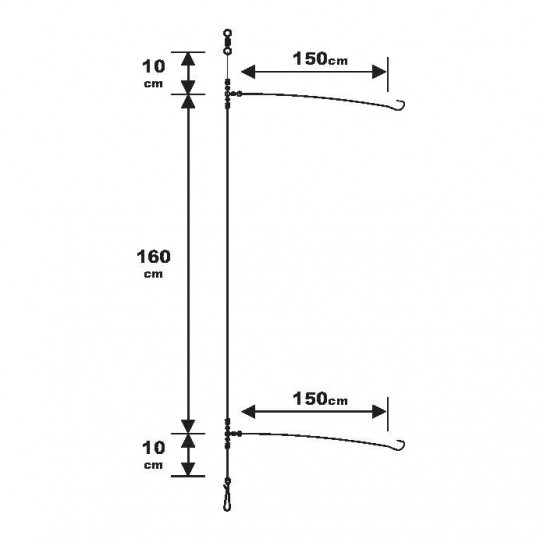
Shipping 24 H
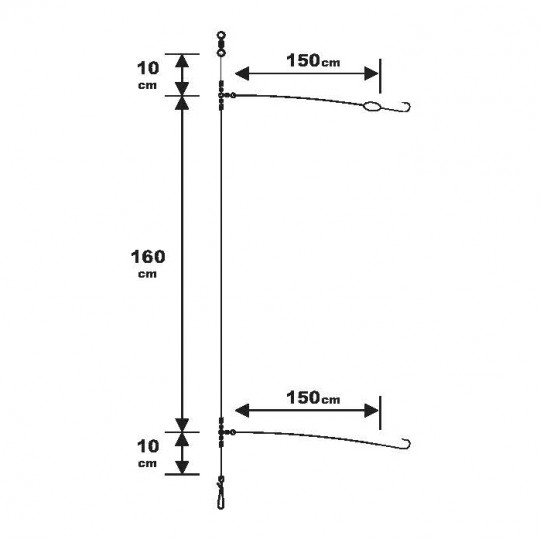
Shipping 24 H
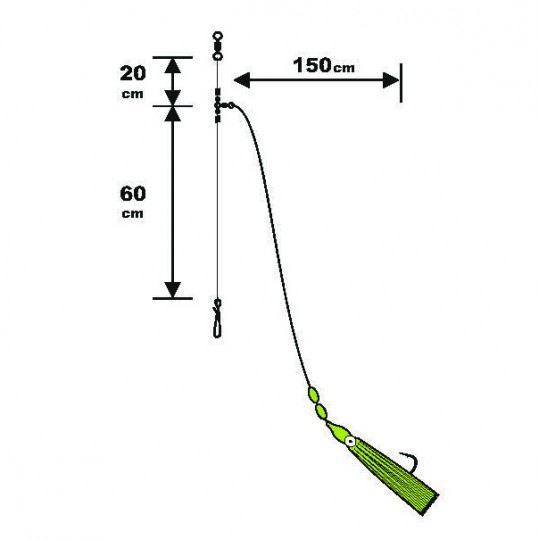
Shipping 24 H
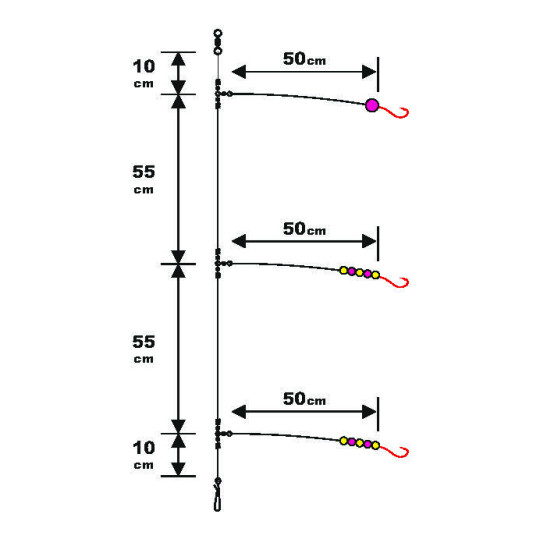
Shipping 24 H
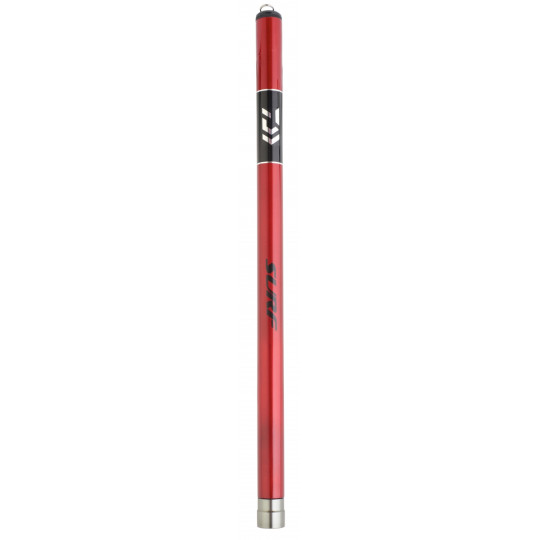
Shipping 24 H
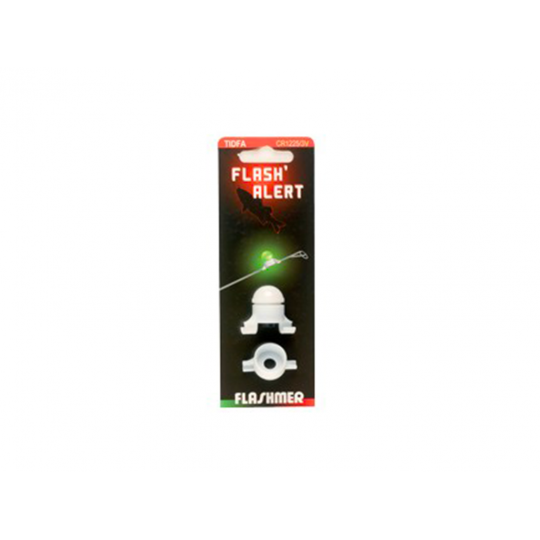
Shipping 24 H
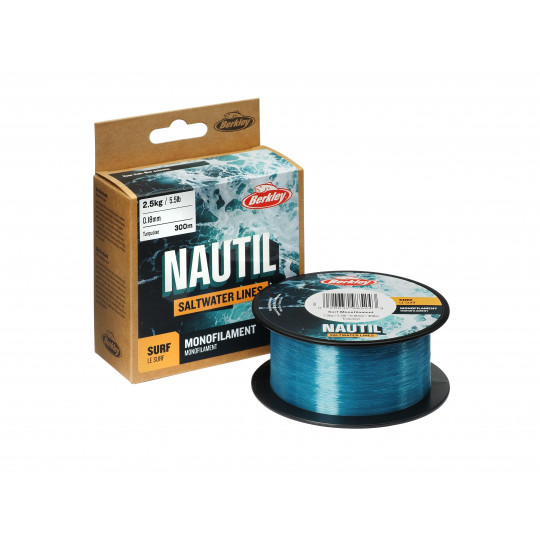
Shipping 24 H
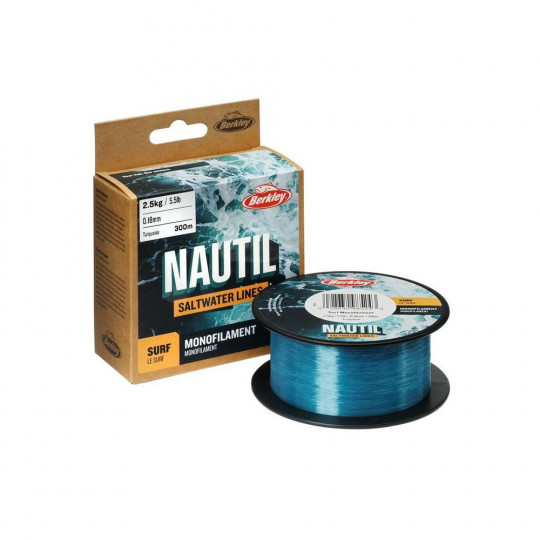
Shipping 24 H
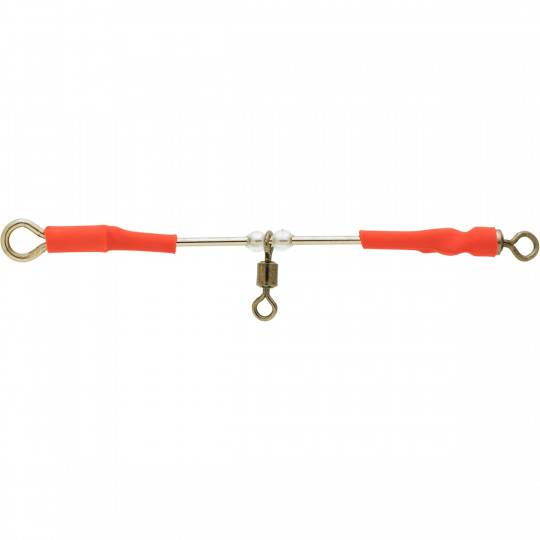
Unavailable at the moment
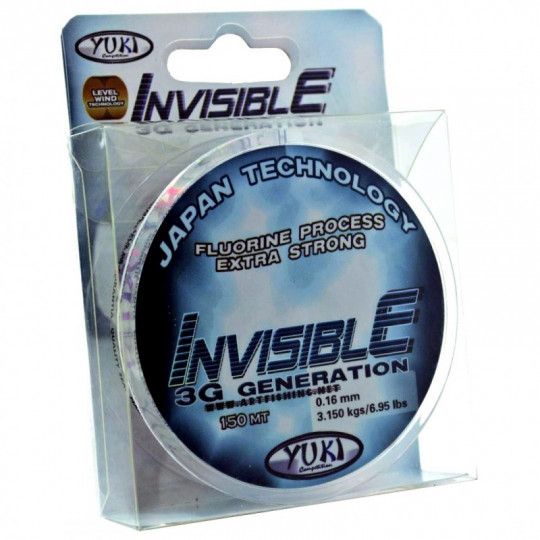
Shipping 24 H
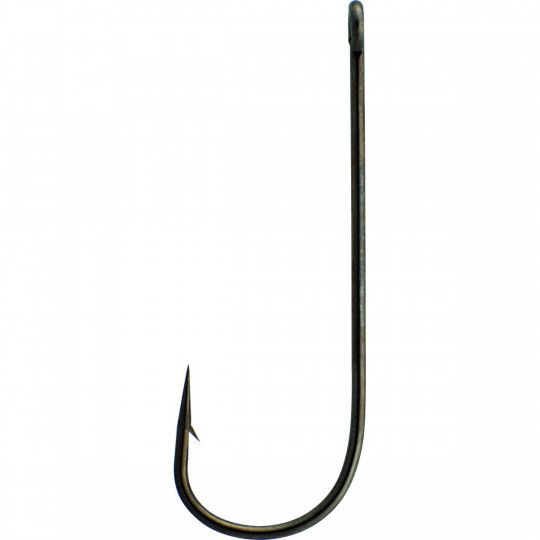
Shipping 24 H
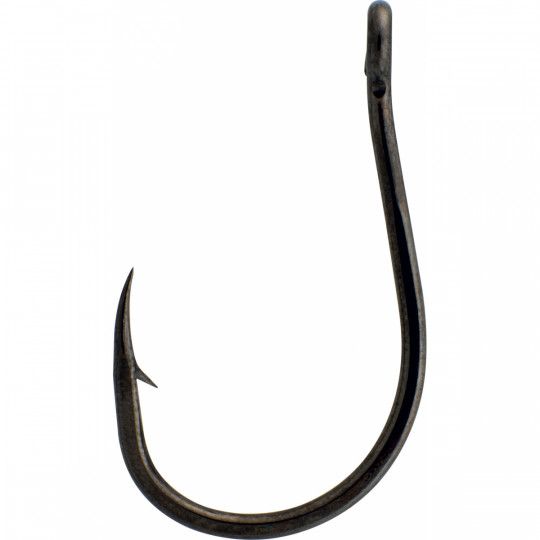
Shipping 24 H
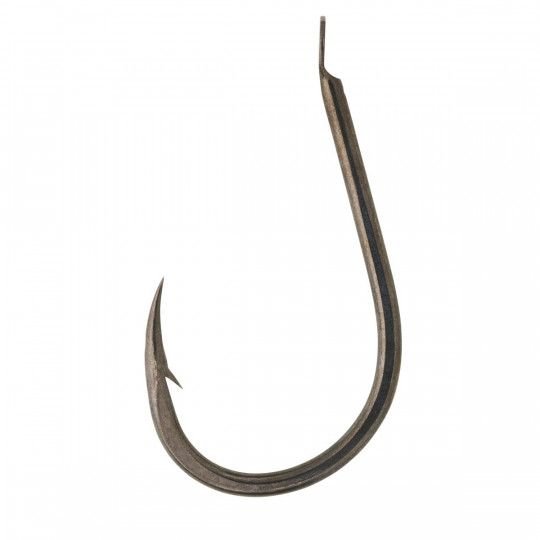
Shipping 24 H
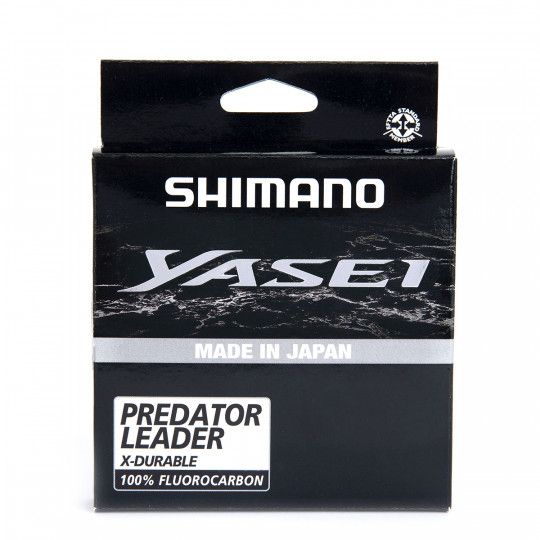
Shipping 24 H
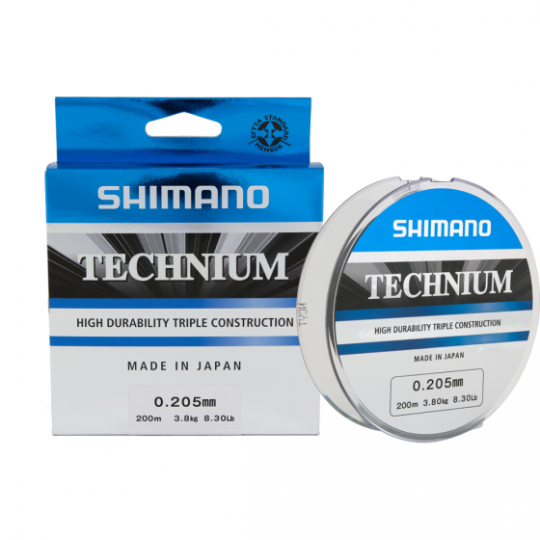
Shipping 24 H
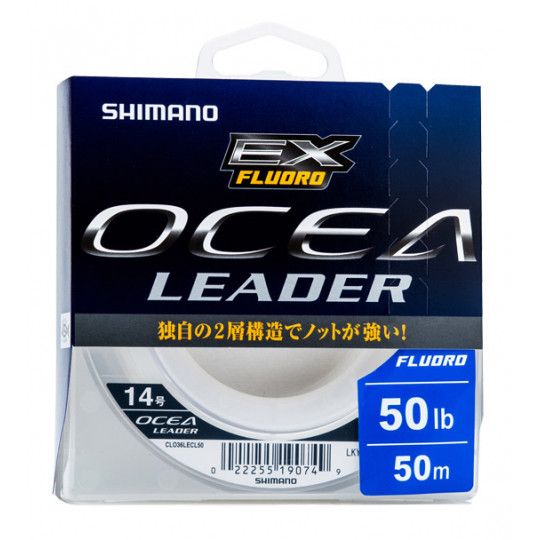
Shipping 24 H
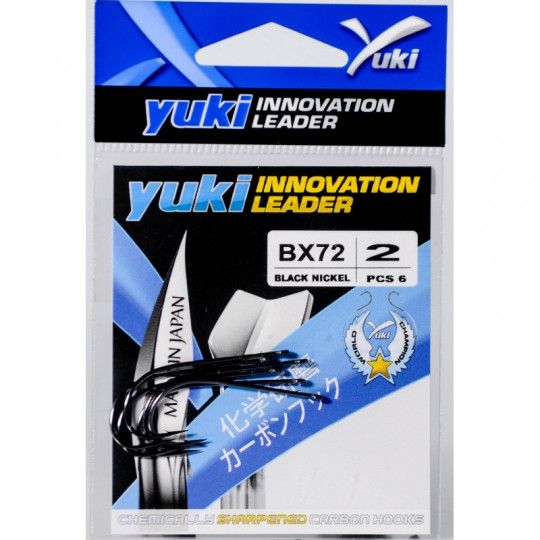
Shipping 24 H
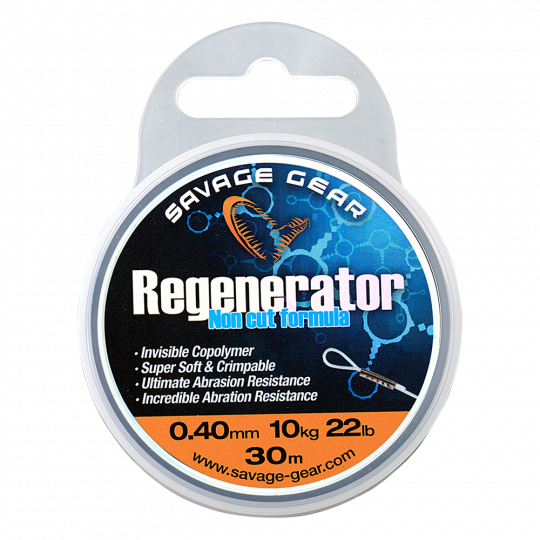
Shipping 24 H
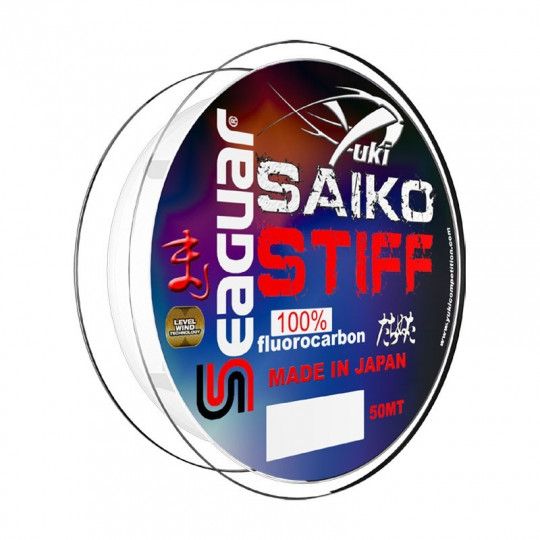
Shipping 24 H
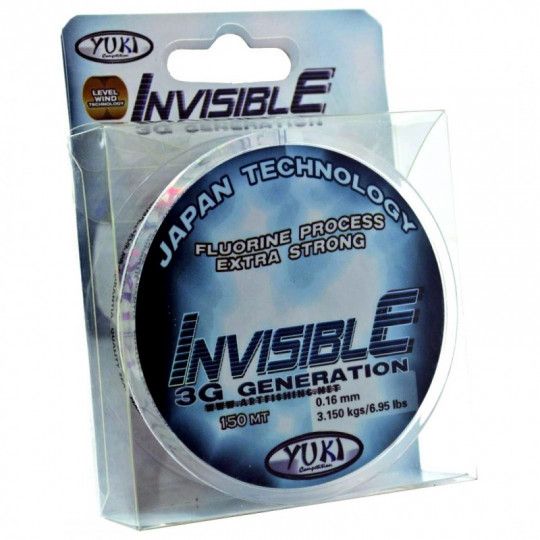
Shipping 24 H
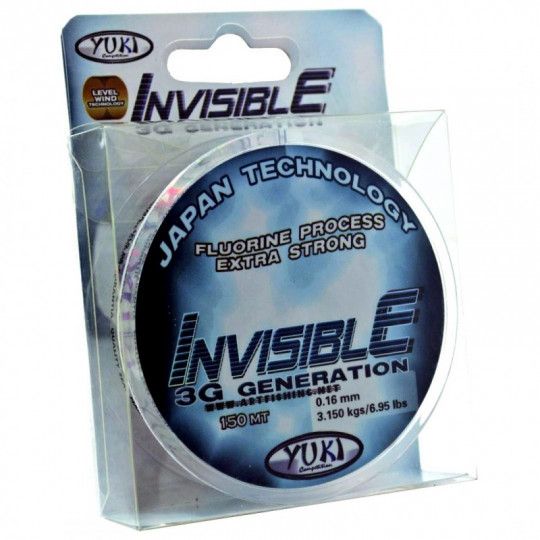
Shipping 24 H
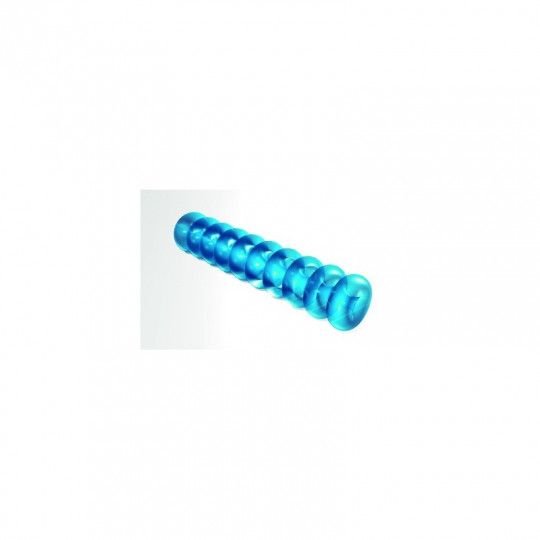
Shipping 24 H
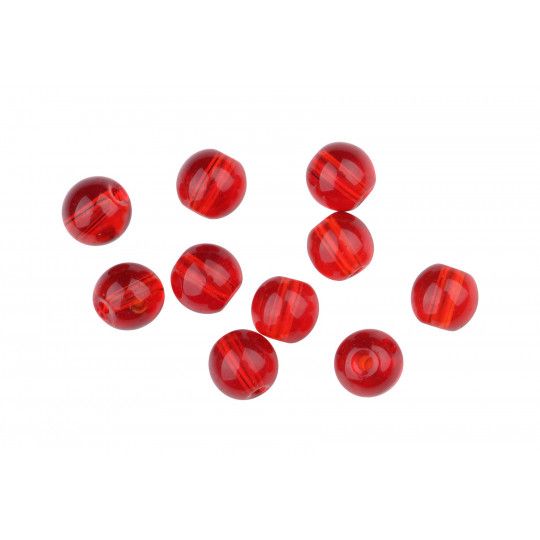
Shipping 24 H
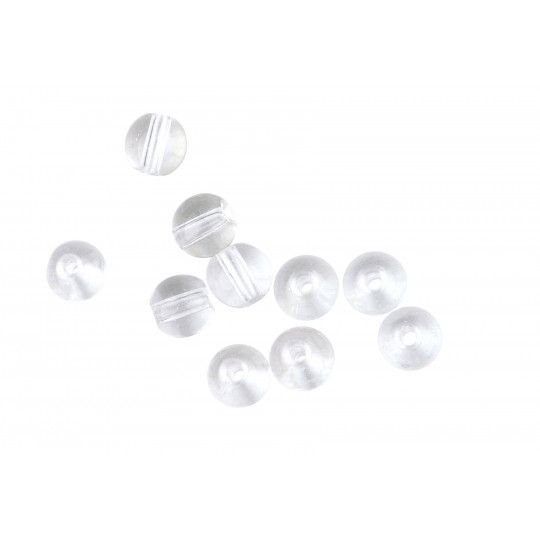
Shipping 24 H
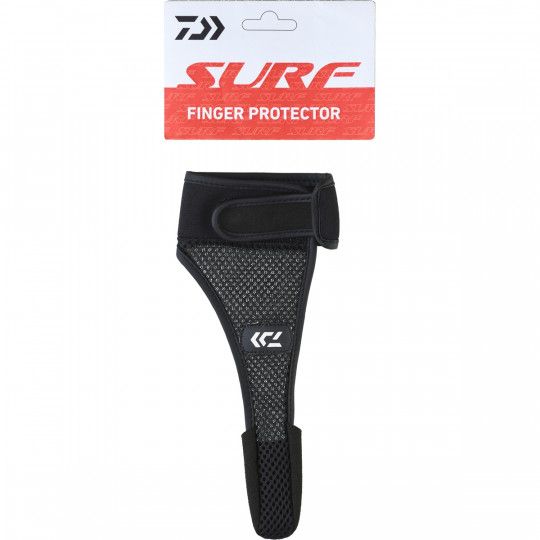
Shipping 24 H
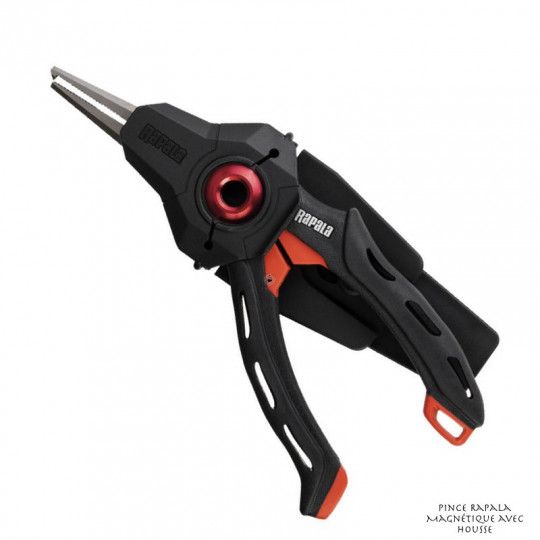
Shipping 24 H